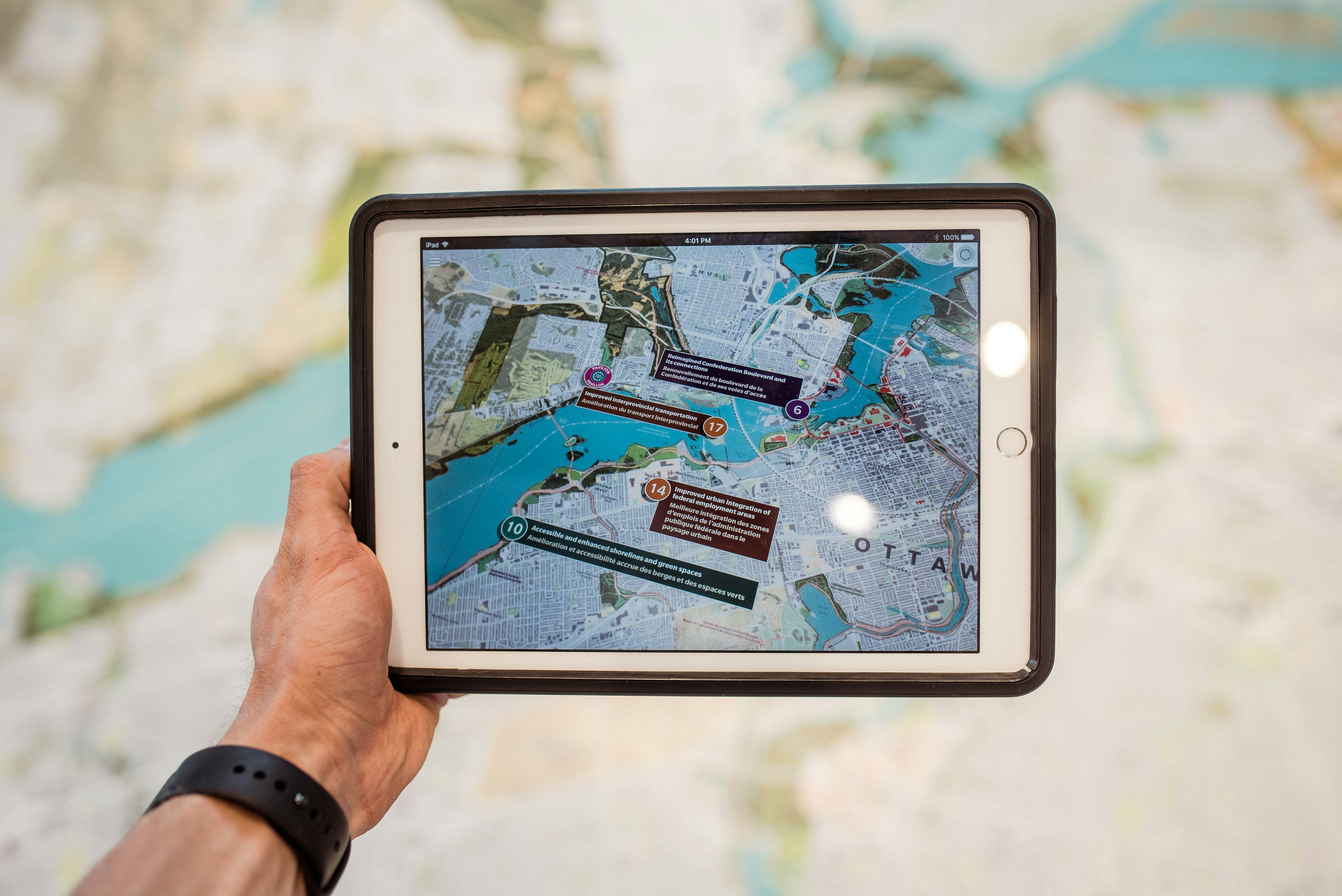Tools and Apps to Bring Augmented Reality into Your Classroom
These digital tools and platforms can support the use of augmented reality in the classroom, making a more dynamic and engaging learning experience

Augmented reality (AR) is gaining traction in many fields and, in general, the cost of such tools is dropping. Teachers can harness some of these AR tools to improve how students learn and are engaged in bringing digital content into the physical classroom environment.
AR allows virtual 3D models, animations, and contextual information to be overlaid on the real world through mobile devices or AR headsets. The Franklin Institute provides a good overview of what constitutes AR, as does UK’s Talk Business and Tech & Learning. This immersive technology provides unique opportunities for interactive, experiential learning across numerous subjects.
For example, in a science class, students could use an AR app to visualize the 3D structure of a molecule they are studying and interact with it by rotating, resizing, or even building it atom-by-atom. For history lessons, AR can transport students to ancient archaeological sites projected on their desks, where they can explore 3D reconstructions of ruins and artifacts. Google’s Expeditions tool can allow students to take a virtual walkthrough South Africa and learn about its geography or visit the Seven New Wonders of the World.
As this technology becomes more accessible, AR has the potential to revolutionize classroom learning through immersive, engaging educational experiences. A simple AR app for elementary students is Catchy Words, which allows students to physically grab virtual letters and then arrange the letters to spell words.
Augmented Reality for Social Studies and Science
Several AR apps are focused on history and culture and are widely available.
The Xplore-AR app from TimeLooper allows for AR and virtual tours of a variety of historical sites, natural resources, and wildlife. The California Condor virtual exhibit alone is worth downloading the app.
The American Battle Monuments Commission has 360-degree tours of a number of its locations. The American Military Cemetery in Luxembourg and the East Coast Memorial on the tip of Manhattan are examples of the sites available for virtual tours. Georgia Public Broadcasting has created a GPB Education AR/VR app, which provides several resources for science, social studies, and geography, all with an obvious focus on Georgia. For those without VR tools, the app offers a 360-degree tour option as well. Some of the subjects include quizzes as well.
Tools and ideas to transform education. Sign up below.
AR for Physical Education and Coaching
A few AR tools can be useful for coaches and PE teachers.
OnForm is a track, field, and speed coaching tool that overlays biometric data onto a video of an athlete to help analyze if their body angles are correct during competition. As visuals can be helpful in coaching, the visual aspect of the app can be helpful in guiding improvement.
Dance Reality is an iOS app with the potential to support PE teachers by using AR technology to put footprints on the floor to help the user learn the steps to a dance.
Fit for Battle is an AR app that turns a walk or run into a role-playing game. It can be used outdoors, indoors, or even on a treadmill.
Developing AR Lessons
For teachers wanting to develop their own augmented lessons, AssemblrEDU is a potential development tool. It allows them to build and share lessons with their students or more widely and includes a range of lesson plan resources.
Another development tool is CoSpaces Edu, which allows for student and teacher development of 3D creations that can be animated with code and explored in VR or AR.
Thyng 5.0 is an AR tool that allows for photos, video, or 3D objects to be uploaded and then added into an augmented world. In this way, the real world becomes an amazing canvas for creating and sharing 3D AR experiences.
As AR technology becomes more accessible and integrated into educational practices, it is poised to revolutionize the way we teach and learn, making the classroom an even more engaging, inclusive, and effective environment for students around the world.
Steve Baule served as a technology director, high school principal, and superintendent for 20+ years in K-12 education. He is currently the director of Winona State University’s online educational doctorate program in Minnesota. Dillon Martinez is the director of the adapted physical education teacher preparation program at Winona State University.
